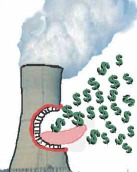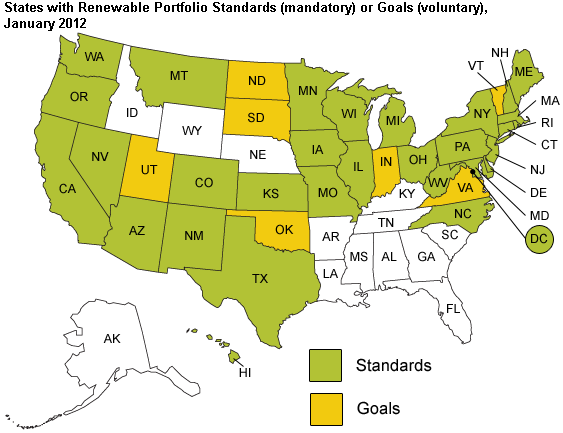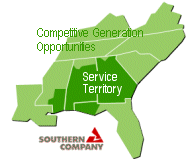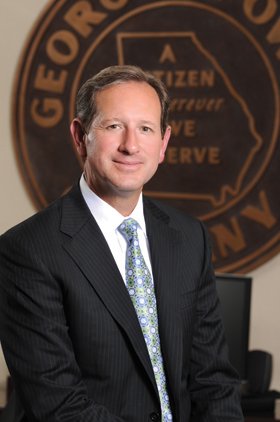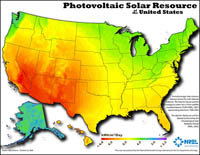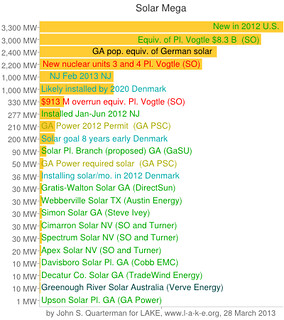When Goldman Sachs gets in, you know there’s money in solar. They’re certainly not investing half a billion dollars for your health. Of course, if you’re in Georgia, you won’t be getting any of this 110 MW of SolarCity solar on your roof, because of that antique 1973 Territorial Electric Service Act that Georgia Power and Southern Company keep propping up. Maybe we should do something about that. -jsq
 PR today,
SolarCity and Goldman Sachs Create Largest U.S. Rooftop Solar Lease Financing Platform:
Collaboration Expected to Fund more than $500 Million in Solar Projects, 110 Megawatts of Solar Capacity
PR today,
SolarCity and Goldman Sachs Create Largest U.S. Rooftop Solar Lease Financing Platform:
Collaboration Expected to Fund more than $500 Million in Solar Projects, 110 Megawatts of Solar Capacity
Continue reading
SAN MATEO, Calif., and NEW YORK, May 16, 2013—SolarCity (Nasdaq: SCTY), a leading provider of clean energy, today announced a lease financing agreement with Goldman Sachs (NYSE: GS) to fund more than $500 million in solar power projects; an estimated 110 megawatts in generation capacity for homeowners and businesses.
The financing makes it possible for homeowners, businesses, government and other non-profit organizations to install solar panels with no upfront cost and pay less for clean electricity than they currently pay for utility bills. The agreement was initiated in 2012 and expanded per




